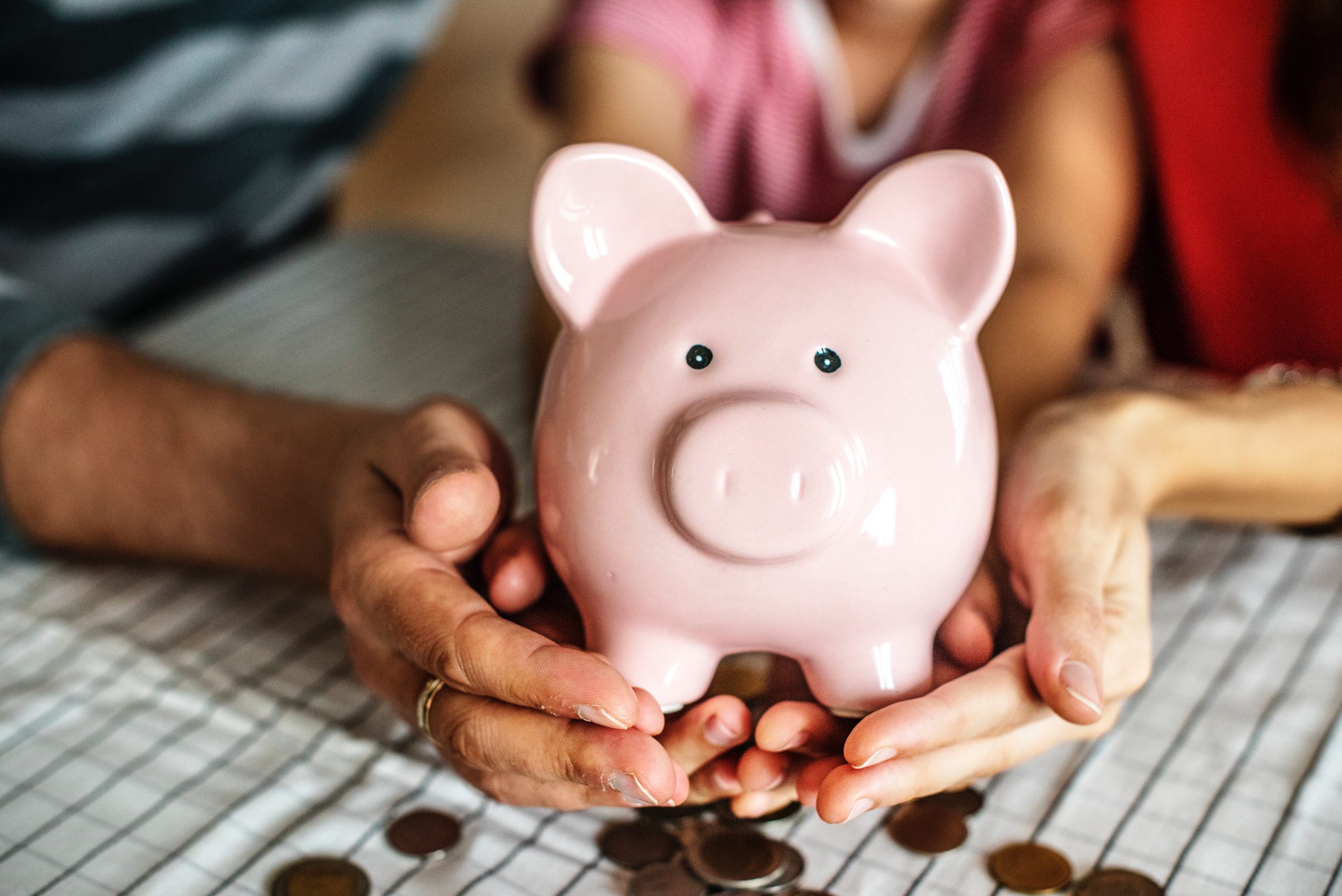At what point do kids realise what money is? At what point should you start talking to them about money? At what point do kids really know the value of money? All of these questions are valid and research shows that children who are encouraged to talk about money and are given some responsibility for their spending and saving tend to do better with money when they grow up.
Here are our top five ways to get your kids thinking about $$:
1. Make it fun
No matter how old your kids are learning about money should be fun. Whether it’s playing shop when they are young or actually going shopping with real money, the experience of ‘spending’ money allows kids to understand the value of money and gets them used to handling it in everyday situations.
2. The power of persuasion.
Children are exposed to advertising from a very young age, be it toy adverts on TV or a post on social media the power of advertising is all around them. Being able to talk about it and explain to them how adverts try to get them to buy things is a good thing. If your children have some of their own money to look after, think about getting them a money box or open them a bank account so they understand that keeping their money safe is important. ASB even have a digital elephant that tells children how much money they have in their account via a screen on it’s stomach.
For older children, you can talk about bills, budgeting and where money goes – or ask them to help you find the best price by comparing prices in shops or online.
3. Practical experience.
Being out in the “real world” is a great place to give your children hands-on practical experience. Talking about bills, budgeting and savings gives your kids a real feel for how much things cost. A good example of this would be something as simple as explaining that if we leave a light on all day at home it might cost 25 cents a day but over a period of a month that is an extra $7.75 a month which equates to nearly $100 a year!
4. Pocket money.
Pocket money is a great way to give children responsibility for money. It’s also interesting to see what they do with it. Some children will automatically want to spend it and others want to put it away for a rainy day!!! No matter what they do, having the money as their own enables them to take ownership of it and manage it themselves.
5. Set them a challenge
Once you feel your child has an idea about money whether its real or pretend, it’s a great idea to set them a challenge. This challenge should take into consideration all the above tips and it should be fun. For example, give your child $50 and ask them to go shopping at the supermarket and buy food for the next 24 hours. Set them some goals i.e it must be nutritious, you need to have enough food for 3 meals and it needs to feed 4 people. Then sit back and watch what they buy. Watch how differently they spend the money when they have a challenge and when it is them buying the food. This is a great lesson in not only understanding the value of the $ but also understanding how careful you need to be when shopping with a budget.
Finally, it’s important to remember that money is a commodity and it’s important to teach our kids why we need money to live. It’s also important to say no to your children when they ask for things and give them a reason because without this they can’t learn. By giving our kids the opportunity to learn about money at a young age can only be a good thing for everyone’s future.

